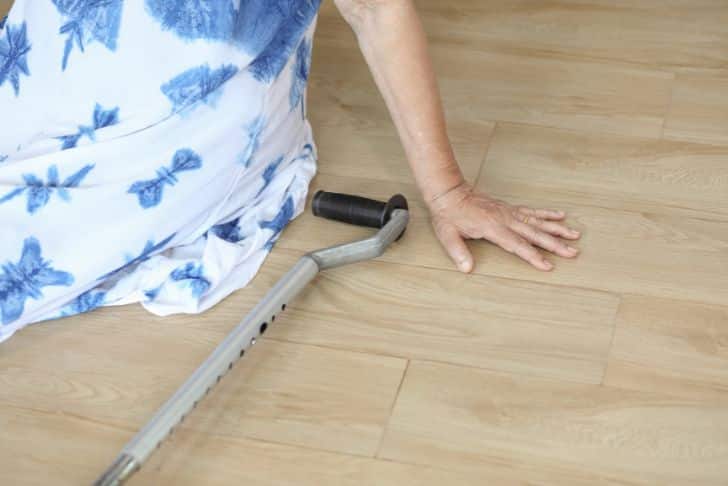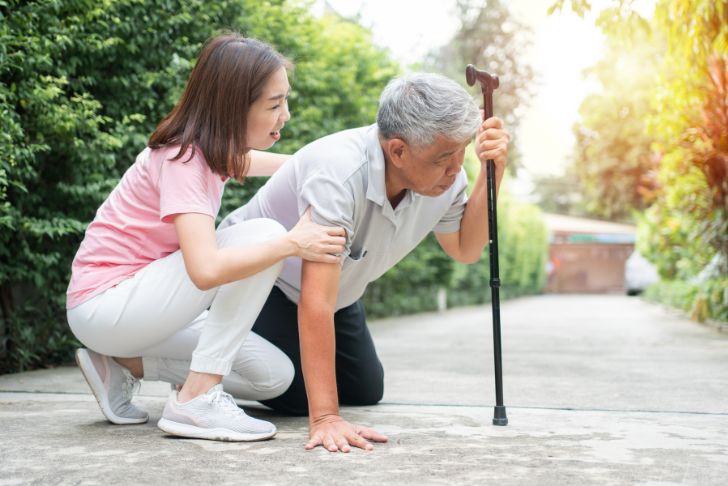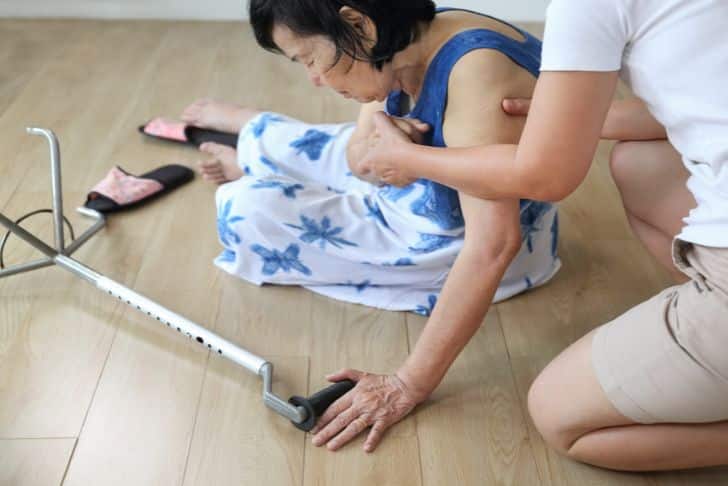Do You Know the Risks and Prevention Strategies Associated with Falls in Older Adults?
Have you ever wondered about the significance of maintaining robust physical health as you get older? Fall prevention, balance, and strength exercises for elders can play a critical role in enhancing overall health and wellbeing. Notably, every year, more than 25 percent of adults aged 65 or above fall, and three million of these cases require emergency treatment, according to the Centers for Disease Control and Prevention (CDC). Here, we shall discuss some fall prevention strategies, including effective balance and strength exercises for older adults, to help you or your loved ones take proactive steps to ward off potential risks associated with falls.
Understanding Fall Risks in Older Adults
Falls in older adults can be attributed to a combination of factors. Here are four primary risk factors:
- Balance and walking problems: Many factors can affect balance, including vision changes, vestibular problems, and altered sensation in the feet.
- The use of multiple medications: Research indicates that the risk of falls increases when individuals take five or more medicines.
- Home hazards: Dimly lit spaces and trip hazards can significantly enhance the risk of falls.
- Positional low blood pressure: Known as orthostatic hypotension, this condition involves a drop in blood pressure upon standing, which can pose a fall risk.
These mentioned risks often result in falls occurring in the bathroom when sitting or standing from the toilet or shower, or at night in a dark bedroom when getting up quickly and tripping on the way to the bathroom.

Embracing Exercises to Prevent Falls
While it’s impossible to mitigate fall risks entirely, certain exercises focused on balance and strength training can reduce the risk of falling. Reports have it that medical professionals like Lora Stutzman, a physical therapist with the Johns Hopkins Rehabilitation Network, have been treating elderly adults for injuries sustained from falls. They also assist those who feel unsteady while walking or standing and express a fear of falling.
Balance and Strength Exercises
For older adults, activities such as squatting, standing up from a chair, and walking may be difficult or cause them to feel unsteady, which increases their risk of falling. Here are a few exercises that can build strength and improve balance, helping to prevent future falls.
Sit-to-Stand Exercise
This exercise is designed to build leg strength and improve both body mechanics and balance, which are all crucial in reducing falls.
- Begin by sitting on a sturdy chair of standard height, making sure it won’t slide or roll. You should be able to sit comfortably with your feet flat on the ground and have a sturdy support surface nearby.
- Lean your chest forward over your toes, shifting your body weight forward as you stand.
- Slowly sit back down to the starting position and repeat this process 10 times.
Note that the goal is to eventually not use your hands at all. If you experience any discomfort in your knees, back, or hips, discontinue immediately and consult your physician or physical therapist.
Balance Exercise
If your balance feels unsteady, the following series of exercises can help.
- Feet apart: Stand with feet about shoulder-width apart and hold the position steadily for 10 to 30 seconds.
- Feet together: Stand with your feet together and again hold the position for 10 to 30 seconds.
- One foot stance: Try to balance on one foot for 10 to 30 seconds, and then switch to the other foot.
- Eyes closed: If you succeed with the first three exercises, try to replicate them with your eyes closed.

The Importance of Discussing Your Exercise Routine
Remember, before taking up any such exercises, you should consult your doctor or physical therapist about fall prevention strategies. Discuss your medication and changes in your exercise routine with your healthcare professional. It’s essential to inform your doctor if you ever have a fall.
In conclusion, fall prevention strategies can help you maintain great health as you age. Stay active, stay safe and remember to seek professional advice before starting any new fitness regimen.

